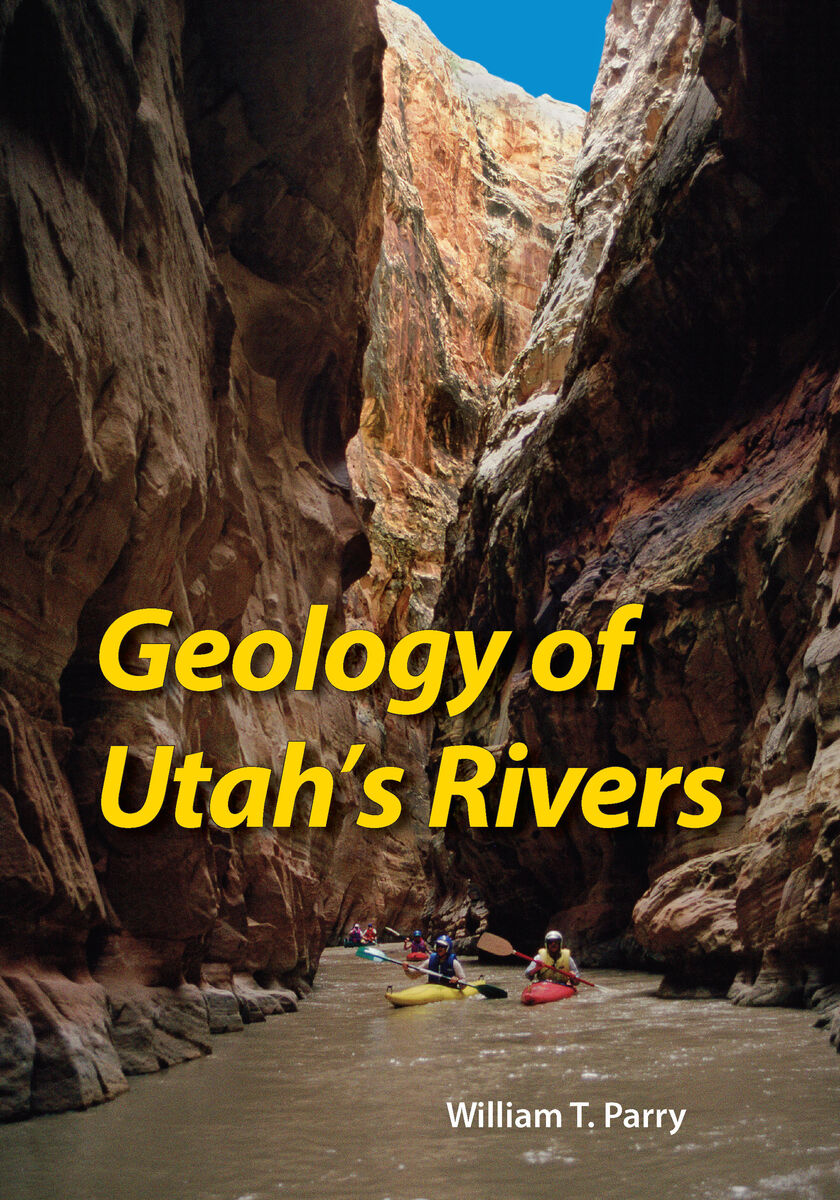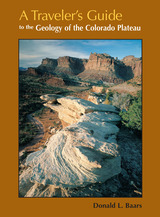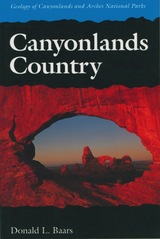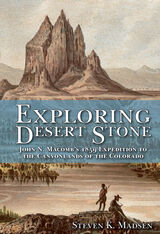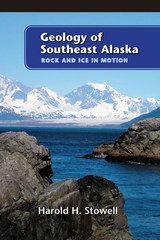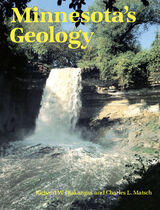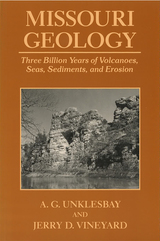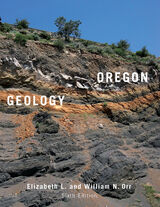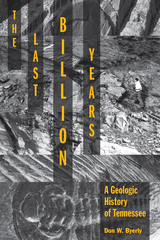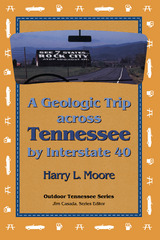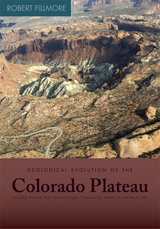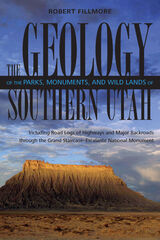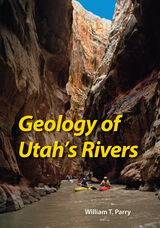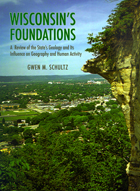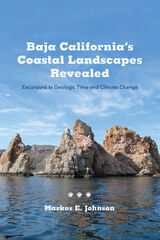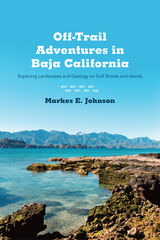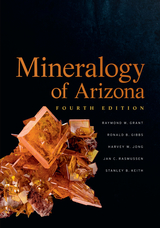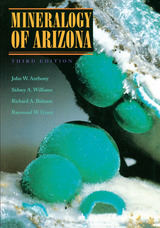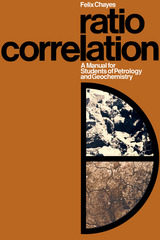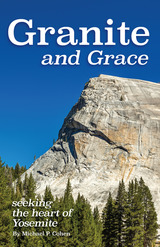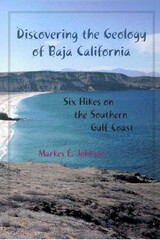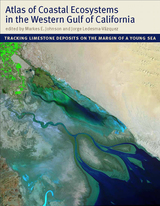Geology of Utah's Rivers
University of Utah Press, 2008
Paper: 978-0-87480-933-6
Library of Congress Classification QE169.P37 2008
Dewey Decimal Classification 557.92
Paper: 978-0-87480-933-6
Library of Congress Classification QE169.P37 2008
Dewey Decimal Classification 557.92
ABOUT THIS BOOK | AUTHOR BIOGRAPHY | REVIEWS | TOC | REQUEST ACCESSIBLE FILE
ABOUT THIS BOOK
Transcending the notion of a traditional geology text, Parry provides detailed commentary on historical exploration and the development of the local scenery. His ambitious scholarship offers a fresh look at Utah’s changing landscape throughout geologic time.
Despite being the second-driest state in the U.S., a substantial portion of Utah’s geologic and cultural history involves rivers, and the effects of flowing water are evident across the state. This book is about the geology of the rivers that shaped Utah’s present landscape, the ancient rivers that left their deposits as a part of the mountains, and the mythical rivers that inspired early exploration.
Parry approaches his subject from many angles—the mountain building events that provide a source for the rivers, the physiographic provinces that give the modern rivers their character, and the deposits of sand and gravel that formed as ancient rivers flowed. Fossil and modern fish fauna are described to provide a unique guide to some aspects of rivers not available by any other method. The description of rivers is completed with the 'historical' account of rivers that did not exist—the mythical rivers of Utah.
Transcending the notion of a traditional geology text, Parry provides detailed commentary on historical exploration and the development of the local scenery. His ambitious scholarship offers a fresh look at Utah’s changing landscape throughout geologic time.
See other books on: Earth Sciences | Geology | Parry, William T | Rivers | Utah
See other titles from University of Utah Press
